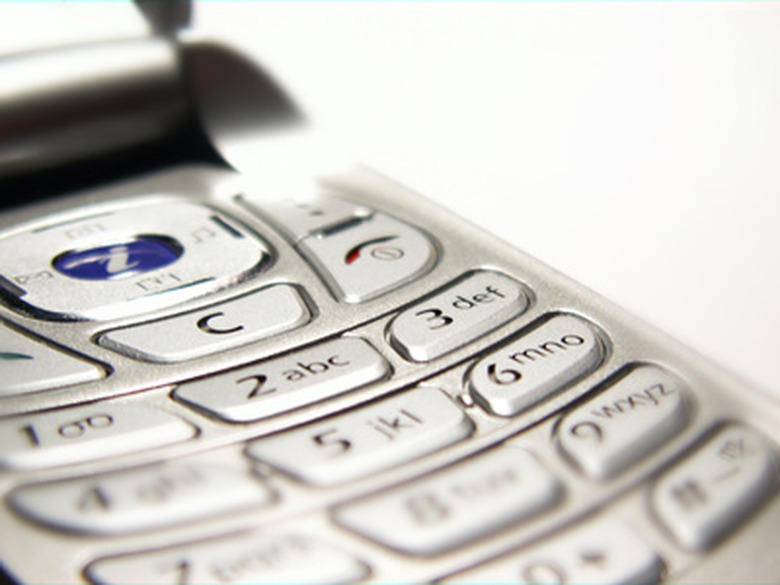How To Test Lithium Ion Batteries
Lithium ion rechargeable batteries come in a variety of different shapes and sizes. Originally designed in the 1970s, lithium ion batteries have since become the favored battery for a wide array of electronic devices, primarily cellular phones and laptop computers. One drawback with rechargeable lithium batteries is their life expectancy of about two to three years. Over time, lithium ion batteries lose their capacity to hold a charge.
Step 1
Remove lithium ion battery from the device. In many cases, the battery is attached to the instrument it is charging. For example, in cell phones, it is usually located in the back panel, which is accessed by sliding off the panel. To access the battery in other devices, you may have to remove a few screws to access the battery. You should consult the owner's manual of the device for which you want to test the battery.
Step 2
Turn on the power to your volt meter.
Step 3
Set your meter to measure in volts.
Step 4
Locate the positive and negative terminals of your lithium ion battery. These will usually be located on the end of your battery that slides first into the device it powers. The terminals are tiny, but they are clearly marked with a positive and negative symbol.
Step 5
Place the corresponding positive and negative leads of your volt meter into the terminals of your battery. The amount of charge (or volts) will be displayed on your meter's scale.
Things Needed
- Small screwdriver (possible)
- Volt meter
Cite This Article
MLA
Daigle, Ashton. "How To Test Lithium Ion Batteries" sciencing.com, https://www.sciencing.com/test-lithium-ion-batteries-6886166/. 24 April 2017.
APA
Daigle, Ashton. (2017, April 24). How To Test Lithium Ion Batteries. sciencing.com. Retrieved from https://www.sciencing.com/test-lithium-ion-batteries-6886166/
Chicago
Daigle, Ashton. How To Test Lithium Ion Batteries last modified March 24, 2022. https://www.sciencing.com/test-lithium-ion-batteries-6886166/
